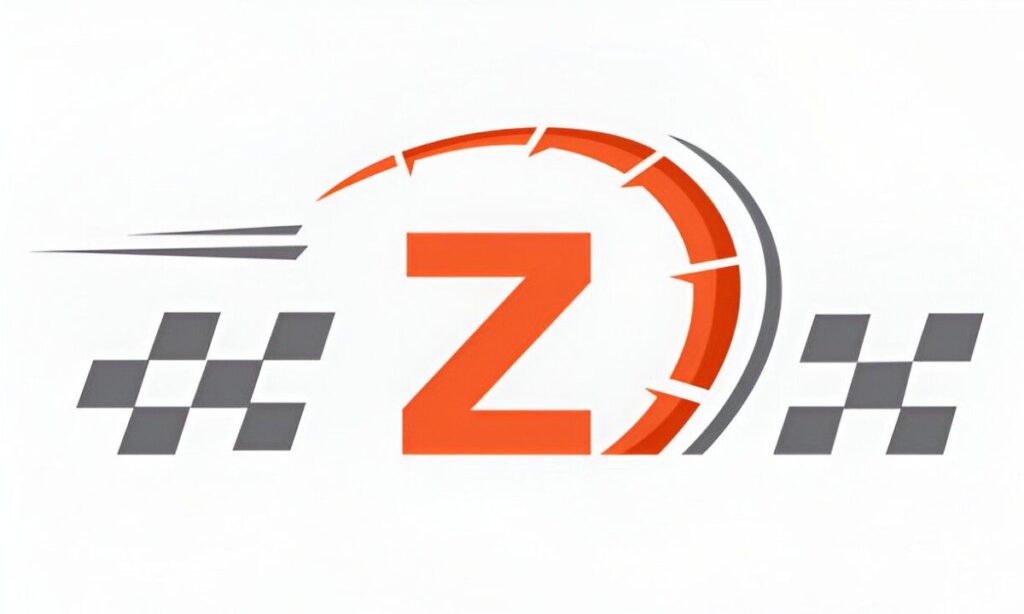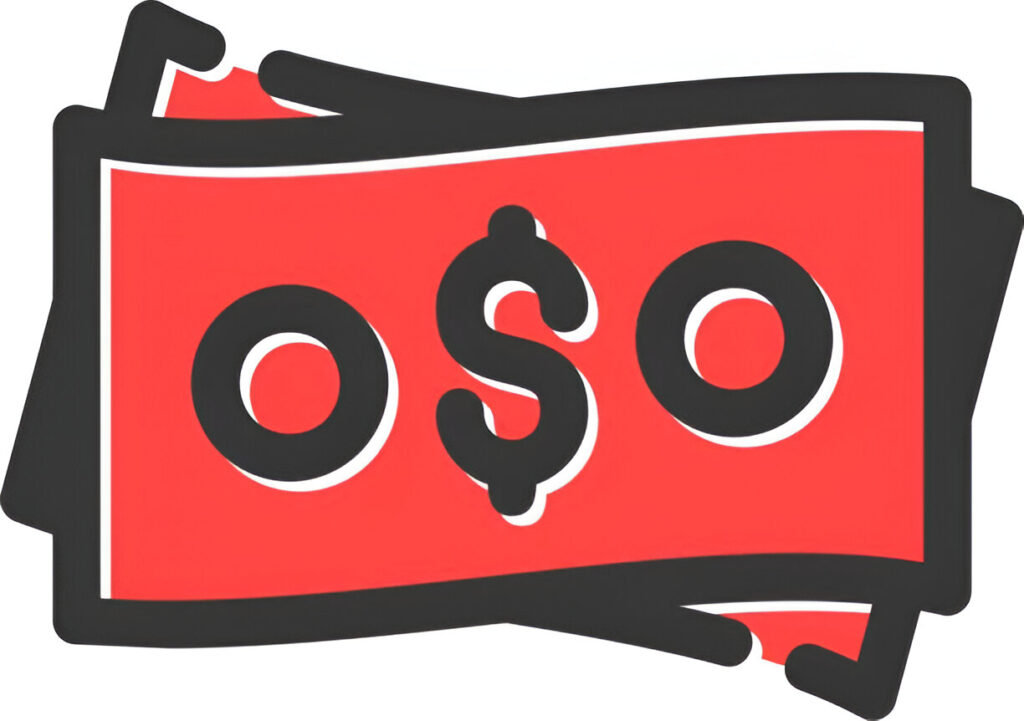Introduction
Payment in kind (PIK) is a financial arrangement where a borrower or debtor makes payments with goods, services, or additional financial instruments instead of cash. This method is commonly used in corporate finance, debt restructuring, and certain bond instruments. While it offers flexibility to businesses and investors, it also introduces complexities that require careful consideration. In this guide, I will explore the nuances of PIK, its benefits and risks, practical applications, and the accounting treatment involved.
Table of Contents
What Is Payment In Kind (PIK)?
Payment in kind occurs when an entity repays obligations through non-cash means. Instead of cash interest or principal repayments, the issuer may provide additional securities or assets. PIK is prevalent in high-yield bonds, leveraged buyouts, and distressed financing.
Types of PIK Arrangements
- PIK Interest Bonds: These bonds accrue interest but do not pay it in cash. Instead, they issue more bonds or increase the principal.
- PIK Loans: Borrowers defer interest payments by adding them to the loan’s outstanding balance.
- PIK Dividends: Companies pay shareholders in additional shares rather than cash dividends.
Example of PIK Calculation
Suppose a company issues a PIK bond with a principal of $1,000,000 and a 10% annual interest rate. Instead of paying interest in cash, it compounds annually.
After one year, the principal grows as follows:
P_1 = P_0 (1 + r)Where:
- P_1 is the new principal after one year
- P_0 = 1,000,000 (initial principal)
- r = 0.10 (interest rate)
After the first year:
P_1 = 1,000,000 (1 + 0.10) = 1,100,000If this continues for five years, the formula becomes:
P_n = P_0 (1 + r)^nAfter five years:
P_5 = 1,000,000 (1.10)^5 = 1,610,510The debt obligation increases significantly, illustrating the compounding nature of PIK.
Pros and Cons of PIK
| Advantages | Disadvantages |
|---|---|
| Preserves cash flow | Leads to higher debt burden over time |
| Attractive to investors in high-yield markets | Can indicate financial distress |
| Allows flexibility in restructuring | Complexity in valuation and accounting |
Accounting Treatment of PIK
From an accounting perspective, PIK obligations are recorded as liabilities. The accrued interest increases the carrying amount of the debt instrument.
- Initial Recognition: Debit cash, credit liabilities.
- Accrued PIK Interest: Debit interest expense, credit liabilities.
- Payment (if applicable): Debit liabilities, credit cash or equity.
Tax Implications of PIK in the U.S.
In the U.S., PIK interest is generally taxable to investors when accrued, even though no cash is received. The IRS treats it as phantom income, making tax planning essential.
Conclusion
Payment in kind provides a useful tool for managing financial obligations without immediate cash outflow. However, it increases financial leverage and requires careful risk assessment. Understanding the mechanics, benefits, and drawbacks of PIK allows businesses and investors to make informed financial decisions.





